Multi-tiered Egyptian onions, description and photo, growing on a feather, popular varieties

Horned, multi-tiered, viviparous - all these are names of the same plant, which is known to gardeners as Egyptian onion.
However, recent research suggests that the plant’s homeland is still China.
Egyptian onions have a rather attractive appearance and excellent taste, but are not widely popular among gardeners.
Content:
- Egyptian bow, description and photo
- Peculiarities
- Why is it useful?
- Multi-tiered onions: cultivation, basic soil requirements
- Planting and prevention of fungal diseases
- How to water correctly
- Feeding
- Weeding plots
- Do I need to tie up the arrows?
- How to deal with pests and diseases
- Harvesting and storage
- Popular varieties
- Reproduction
- Growing Egyptian onion on a feather in a greenhouse
Egyptian bow, description and photo
The main reason for the limited distribution of this plant is the incorrect approach to its evaluation.
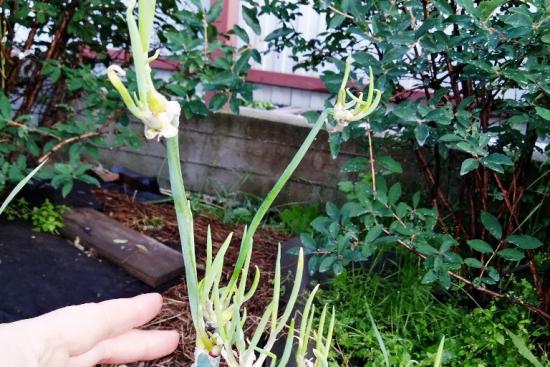
What's really important is:
- possibility of growing green feathers;
- obtaining bulbs formed on the second and subsequent tiers.
The underground heads that are familiar to us in this variety are not of particular value.
Among the characteristics of the Egyptian Luke should be indicated:
- unpretentiousness to the care and quality of the soil;
- high productivity;
- disease resistance;
- resistance to low temperatures.
It can only be propagated using underground or aerial bulbs; it does not produce real seeds.
Information about this unusual plant is found in Chinese herbal books dating back to the fourteenth century. In the mid-19th century it was brought to England. then gradually spread to other European countries.
In Russia, the plant can be found in Siberia and the Far East, less often in the middle zone. Typically used to produce green produce in early spring.
Botanists do not have a unanimous opinion about the species to which the Egyptian onion belongs; some consider it a type of batun, others consider it to be an independent species.
Features of the plant
The leaves of the unusual plant are very similar to the leaves regular onion, but the arrow peduncle has tiers instead of a flower, consisting of several aerial bulbs, and in the first tier the bulbs are the largest, their weight can reach from 10 to 20 g. It is these bulbs that are edible. By planting them, new plants are obtained.
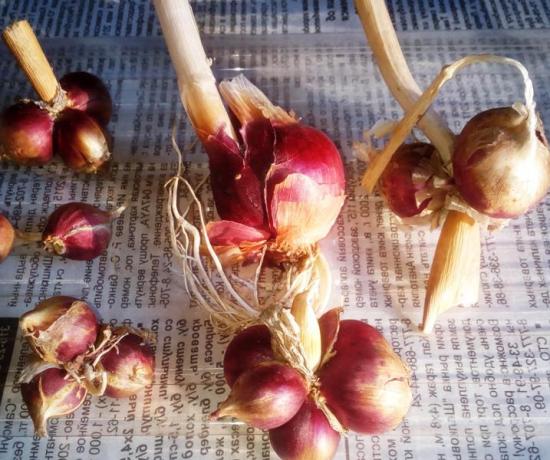
Smaller bulbs are placed in each subsequent tier. Aerial bulbs, unlike underground ones, are denser and have a more spicy taste, and have good shelf life.
The plant is distinguished by the absence of a dormant period; the formation of leaves and aerial fruits occurs year-round. This allows you to constantly obtain green feathers for salads.
Even botanists are surprised by one more feature: a not particularly large plant that has lived for 3 years without replanting forms a root system one and a half meters long.
Let's watch an interesting video about perennial Egyptian onions:
Why is it useful?
When compared with other varieties of onions grown for feathers, Egyptian leaves harden much more slowly.
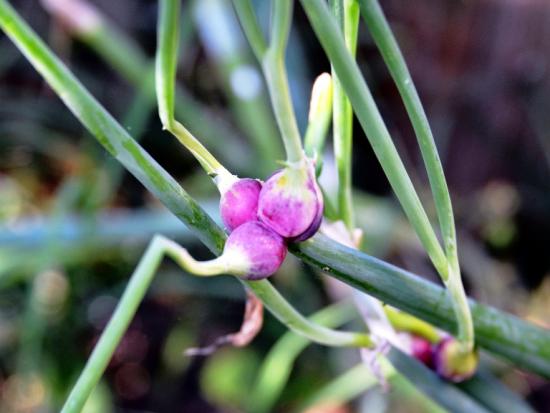
The concentration of phytoncides and essential oils in greens is so high that folk recipes recommend using plants to treat diseases: fungal and caused by pathogens.
The capacity of carotene and vitamin C in green mass and puffed fruits is much higher than that of its onion counterpart.
Regular use of the product has an antihelminthic effect and normalizes the activity of the gastrointestinal tract.
Biologists claim that the plant is not capable of accumulating nitrates and other substances harmful to people.
Multi-tiered onions: cultivation, basic soil requirements
The plant is suitable for planting not only in the southern regions; it thrives in cool climates.
Egyptian onions are grown both in open ground and in greenhouses. It is better to choose a site that is well lit by the sun, preferably on a hill. The soil should be light, its structure should facilitate the easy removal of excess moisture and good ventilation.
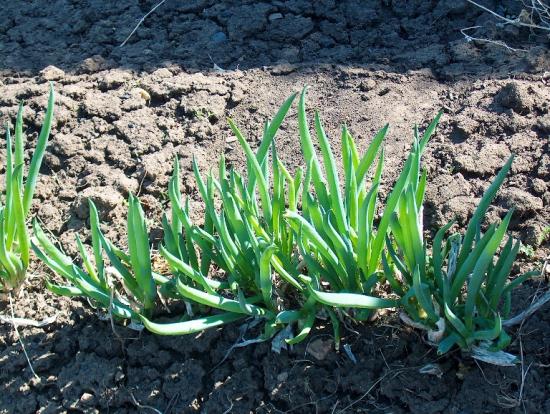
You should avoid planting in areas with acidic, heavy soil; onions will grow, but much more slowly, and the green mass will be weak. You can correct the acidity of the soil: you will need to add gypsum, ash, limestone flour; add sand and humus to excessively heavy soil.
When digging the soil, organic fertilizers are added to it; from mineral fertilizers, superphosphate can be recommended.
Good predecessors of onions in the garden:
- cabbage or potatoes;
- beet;
- cucumbers or zucchini.
The best time to plant bulbs is late August - early September. Before the onset of winter cold, the plant will have time to take root, this will allow it to withstand winter frosts well. With the beginning of spring, active growing season will begin.For the winter, it is advisable to cover the beds with fallen leaves; with the onset of spring, they are removed.
The period of most active fruiting is 2-3 years of life. At 5-6 years, plants are transplanted or plantings are thinned out. Crowding of the basal bulbs leads to their shredding.
Planting and prevention of fungal diseases
For planting, you can use aerial or underground bulbs. Naturally, you will need to select the best ones and sort them by size.
To prevent the occurrence of a fungal infection, it is advisable to treat the bulbs with a solution of potassium permanganate; it is enough to keep the planting material in it for 3 minutes and dry it in the open air.
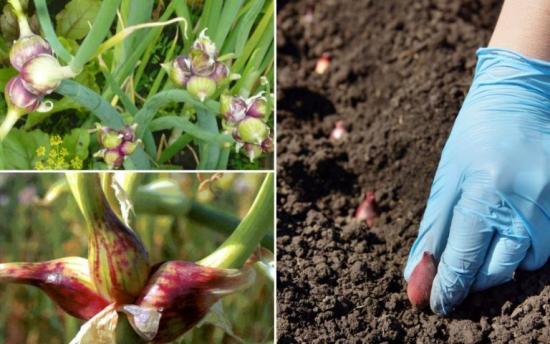
Furrows are made in the beds, the depth of which should reach 3-5 cm. A distance of at least 15 cm should be left between the bulbs in the row.
The sorted and processed material is planted in separate rows. If the soil is dry, they should be watered.
Subsequent watering will help accelerate the growth of the horse system.
When grown in boxes, in an ordinary apartment, on a windowsill, or in a greenhouse, the bulbs are placed more densely, and the plants will need abundant watering.
How to water correctly
A lack of moisture, when it comes to viviparous onions, is just as dangerous for plants as its excess. Waterlogged soil provokes the development of putrefactive processes in the underground part of the plant. Excessive watering leads to a deterioration in the taste of greens.
Watering is carried out when the soil noticeably dries out, no more than 2 times a week, with a moderate volume of water. It is better to use settled, warm water.
You can slightly increase watering during the period of active growth of green mass; you can also periodically spray the plants with water at room temperature.
Feeding
After the snow has completely melted, fertilizing is done with ammonium nitrate, potassium chloride, and superphosphate. Apply up to 10 g of mineral fertilizers per 1 square meter. You can repeat feeding after 2 or 3 weeks.
In the second year of life, the crop is fed with complex potassium-phosphorus and nitrogen fertilizers, the ideal proportion of components: 15:40:20.
It is recommended to carry out each subsequent feeding three weeks after the previous one, after the green mass has been cut. Fertilizers can be organic, a solution of bird droppings or ash.
Weeding plots
Weeding is carried out due to the overgrowing of plots with weeds.
Their presence is undesirable for two reasons:
- grass pulls a lot of nutrients from the soil;
- overgrown beds are poorly ventilated, creating favorable breeding conditions for pests, in particular onion flies.
Loosen the soil several times a season, in particular after rains or watering, to ensure the supply of oxygen to the roots of the plant.
Do I need to tie up the arrows?
Definitely yes. Under the weight of the airy fruits, relatively unstable arrows may lie down, which is extremely undesirable.
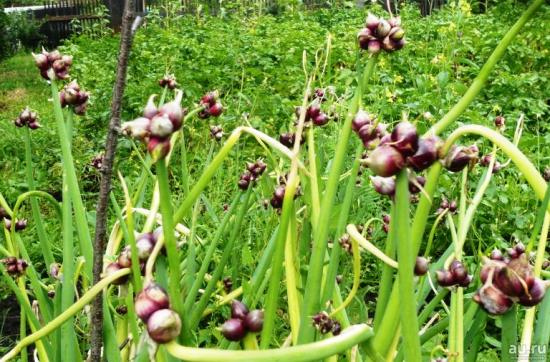
When planting onions in beds, hammer stakes along the rows, stretch a thick cord between them and fix the arrows above the middle.
They also practice tying the upper tiers of plants into bunches, followed by fixing them to stakes.
How to deal with pests and diseases
Preventive treatments with Bordeaux mixture help prevent the development of peronosporosis and powdery mildew.Treatments are carried out once a week.
To combat these same common diseases, a solution of soda ash is used; to obtain it, a tablespoon of the drug is dissolved in one liter of water.
To reduce the threat of onion weevil and onion fly, regular removal of diseased, fading or rotting feathers is recommended.
Harvesting and storage
Green feathers begin to be harvested in April, and it is recommended that their length reach 25cm. You should not cut it very low; it is better to cut it at a height of 5 cm from the neck of the underground part of the plant.
The ripening of the bulbs on the tiers occurs in July-August; maturity is indicated by the appearance of a purple hue with brown splashes.
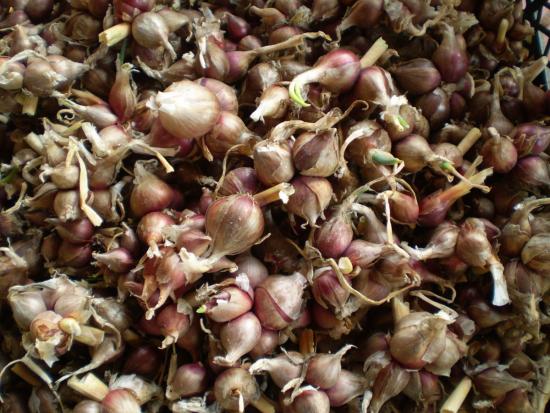
Remove the fruits along with the arrows using a sharp knife.
The harvest is used:
- as planting material;
- for culinary purposes.
Some of the bulbs can be planted in early spring and produce excellent greens throughout the summer.
You can store onions in an unheated room, in the basement or attic, in boxes with sand. It is desirable that the air temperature is not lower than 0 degrees C.
Onions intended for use in cooking can be stored in the freezer.
Storage at room temperature promotes rapid germination of the bulbs.
Let's watch a video about the yield of Egyptian onions planted on greens:
Popular varieties of viviparous onions
New and popular varieties of Egyptian onions are often found on sale. But those already tested by gardeners are especially popular. Their characteristics can be found by looking at the table.
| Gribovsky 38 | Resistant to cold, can be grown in conditions of Siberia and the Urals.Harvesting the first harvest of green feathers is possible 3 weeks after the snow melts. |
| Likov | The variety is early, frost-resistant. Feathers can be cut 20 days after the snow melts. The feather is relatively long, up to 45 cm. The yield of bulbs per square meter. meters reaches 4 kg. |
| Odessa winter | Recommended for cultivation in the southern regions. The greenery is dense, the height is more than 40 cm. The underground bulbs are purple and produce many rudiments. |
| Memory | The variety is early ripening, the greens are juicy, tall, the airy fruits are lilac in color. |
Although all fruits are similar in size and shape, each variety has its own original taste.
Reproduction
For propagation, only the vegetative method can be used; for planting, an aerial bulb or one formed underground can be used. The plant does not produce seeds.
The plant is a perennial plant; in the fall the old root system dies off, leaving only small young shoots. They provide resistance to frost.
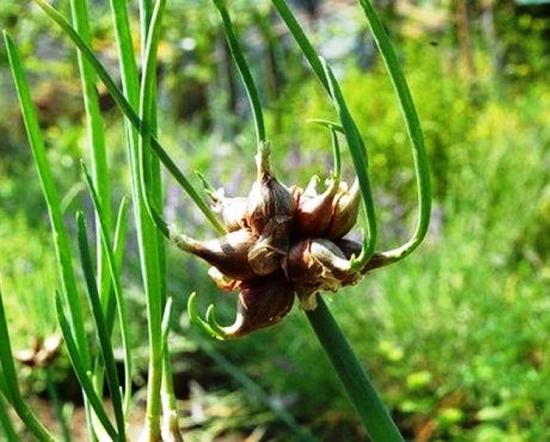
With the onset of spring warming, green shoots begin to hatch, followed by a rapid increase in green mass.
Growing Egyptian onion on a feather in a greenhouse
Given the active growth and demand for green mass, they often resort to growing Egyptian onions for feathers in a greenhouse. Moreover, the plant does not need a period of rest.
The advantages of viviparous onions also include:
- high yield of green feathers;
- ability to survive frost;
- the ability to grow at a temperature of +15 C, whereas other varieties require +22 C.
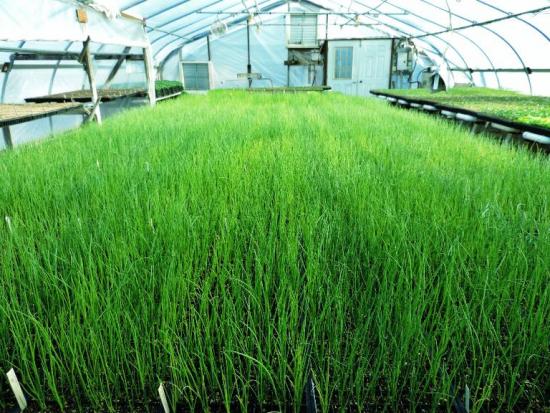
The possibility of obtaining high yields of greenery allows us to consider the option of growing Egyptian onions not only for our own consumption, but also for sale, wholesale or retail.
This business idea is assessed by experts as quite promising, because allows you to plan high incomes with relatively small investments.

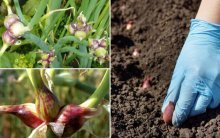
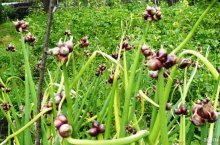
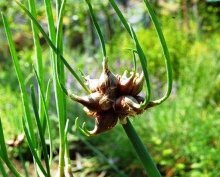
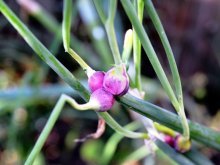
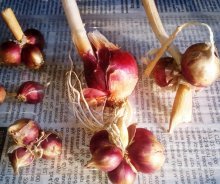
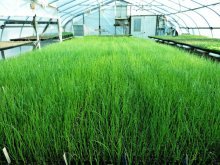
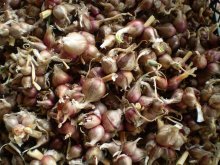
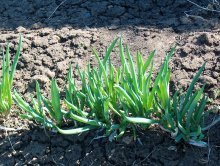
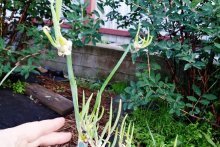
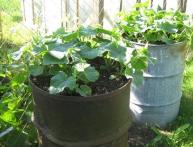
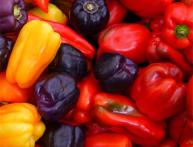
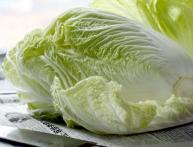

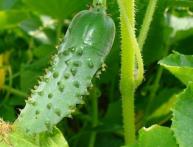
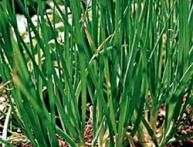
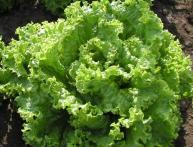
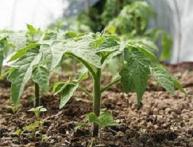
Comments
A very unusual plant, I have not seen Egyptian onion in our region. If it is grown for greens, then the feather is probably picked before the first tier of aerial bulbs forms. I wonder if it is possible to grow Egyptian onions on a windowsill in winter?